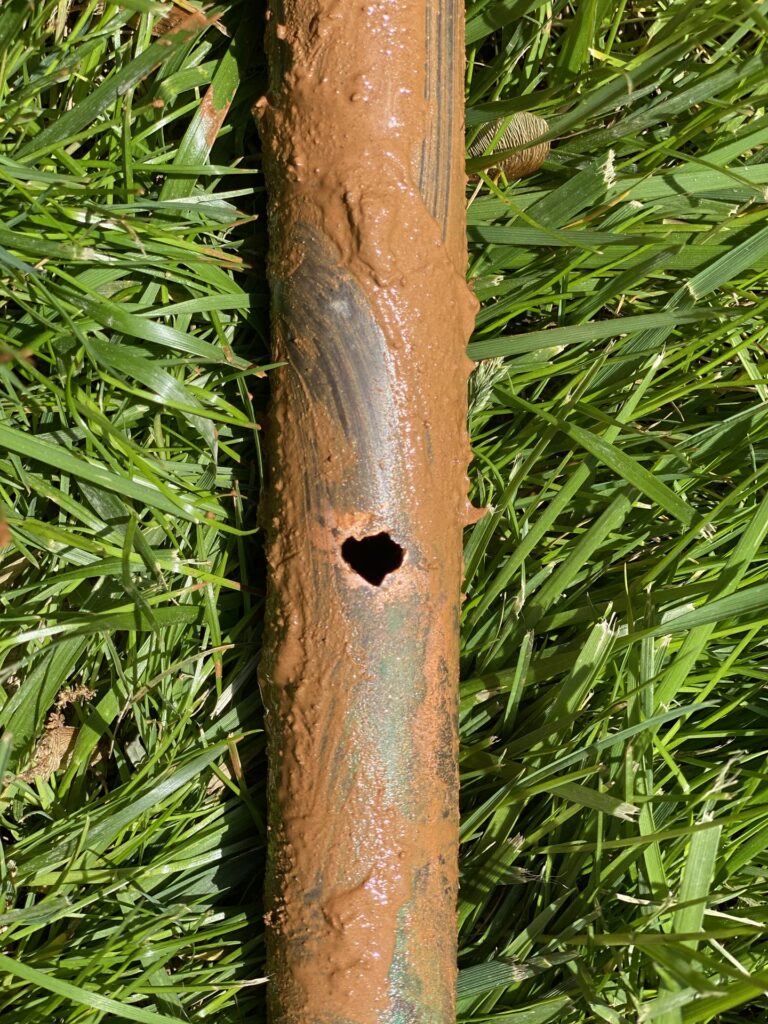Replacing or upgrading a waterline is a significant investment in the long-term functionality and efficiency of your water supply system. However, before undertaking such a project, it’s essential to have a clear understanding of the costs involved. In this blog post, we will explore the factors that influence waterline replacement estimates and provide insights to help you plan for a reliable water system within your budget.
- Factors Influencing Waterline Replacement Estimates: Several factors contribute to the overall cost estimate for a waterline replacement project. Understanding these factors will enable you to make informed decisions and anticipate potential expenses:
- Length and Complexity: The length of the waterline and the complexity of the installation significantly impact the cost. Longer distances or intricate layouts may require more materials, labor, and time, resulting in higher estimates.
- Pipe Material: The choice of pipe material affects both the upfront and long-term costs. Different materials, such as copper, PEX, or PVC, have varying price points and durability. Consider the pros and cons of each material to find the best balance between cost and performance.
- Site Conditions: The condition of the site where the waterline will be installed plays a role in the estimate. Factors like soil type, existing infrastructure, accessibility, and potential obstacles (e.g., trees, rocks) can affect the complexity and cost of excavation and installation.
- Permits and Regulations: Obtaining necessary permits and complying with local regulations may involve additional costs. It’s crucial to research and factor in any permit fees or inspections required for the waterline replacement project.
- Labor and Equipment: The cost of labor and equipment is a significant component of the estimate. Highly skilled plumbers or contractors with experience in waterline replacement may charge higher rates, but their expertise ensures a quality installation. Specialized equipment needed for excavation, pipe fitting, and testing may also influence the overall cost.
- Getting an Accurate Waterline Replacement Estimate: To obtain an accurate estimate
for your waterline replacement project, follow these steps:
- Consultation and Assessment: Schedule a consultation with reputable plumbers or contractors who specialize in waterline replacement. They will assess your specific needs, evaluate the existing waterline system, and discuss your project goals. Provide them with any relevant information about your property and water usage patterns.
- Detailed Proposal: Ask for a detailed proposal that outlines the scope of work, materials to be used, labor costs, and any additional expenses. The proposal should also include a timeline for the project and any warranties or guarantees offered by the contractor.
- Multiple Quotes: Seek estimates from multiple contractors to compare prices, services, and reputation. This will help you make an informed decision and ensure competitive pricing.
- Consider Long-Term Value: While cost is an important factor, consider the long-term value of the waterline replacement. Investing in high-quality materials and professional installation can result in a more durable and efficient water system, potentially saving you money on repairs and water conservation in the future.
- Budgeting and Financing Options: Waterline replacement costs can vary widely based on the factors mentioned earlier. To budget effectively:
- Set a Realistic Budget: Determine the maximum amount you can allocate for the waterline replacement project. Consider the value it adds to your property and the potential savings in utility bills and repairs over time.
- Explore Financing Options: If the estimated cost exceeds your budget, consider financing options like personal loans or home equity loans. Consult with financial institutions to explore the best options for your specific situation.
- Prioritize Essential Upgrades: If your budget is limited, prioritize essential upgrades and address immediate concerns. You can plan for additional improvements or expansions in the future as your budget allows.
Replacing or upgrading a waterline is a crucial investment in the reliability, efficiency, and quality of your water supply system. By understanding the factors influencing waterline replacement estimates, seeking detailed proposals, and setting a realistic budget, you can plan for a successful waterline replacement project. Remember to prioritize the long-term value and consult with professionals to ensure a reliable water system that meets your needs and budget.
Schedule your free estimate today – 301-972-2223 or book online www.clarksburgplumbing.com










